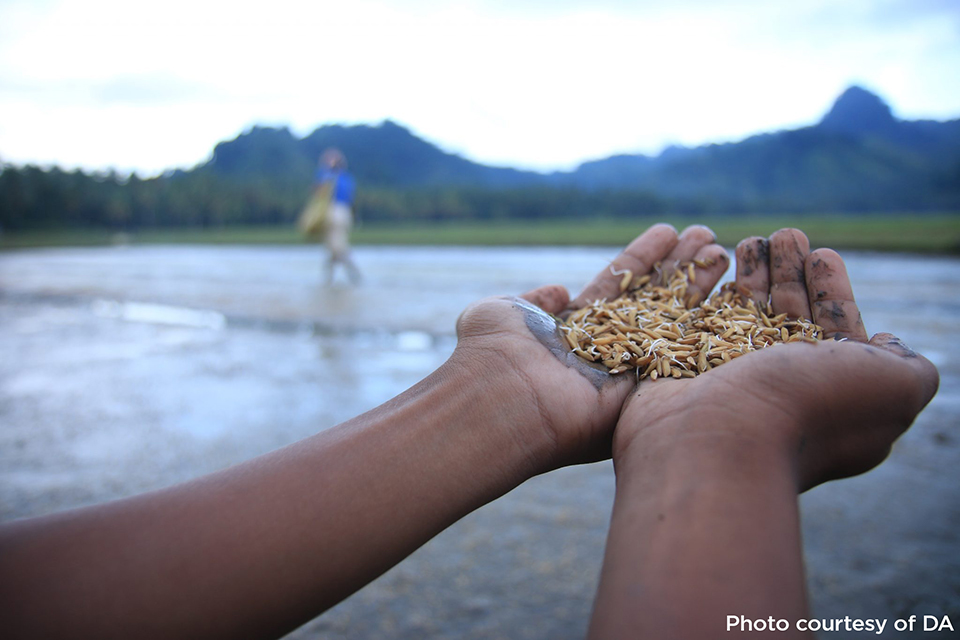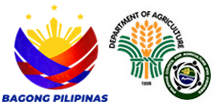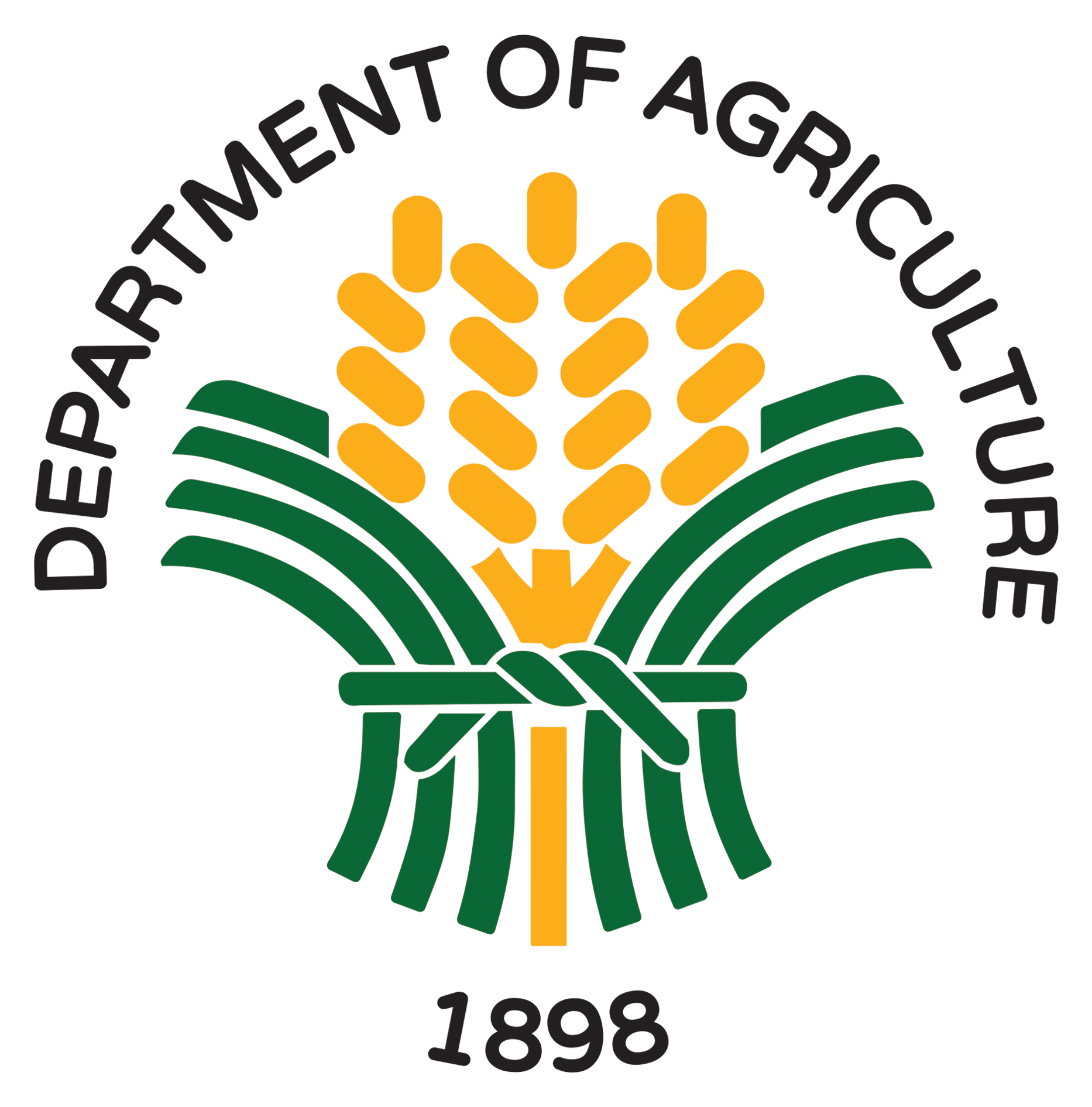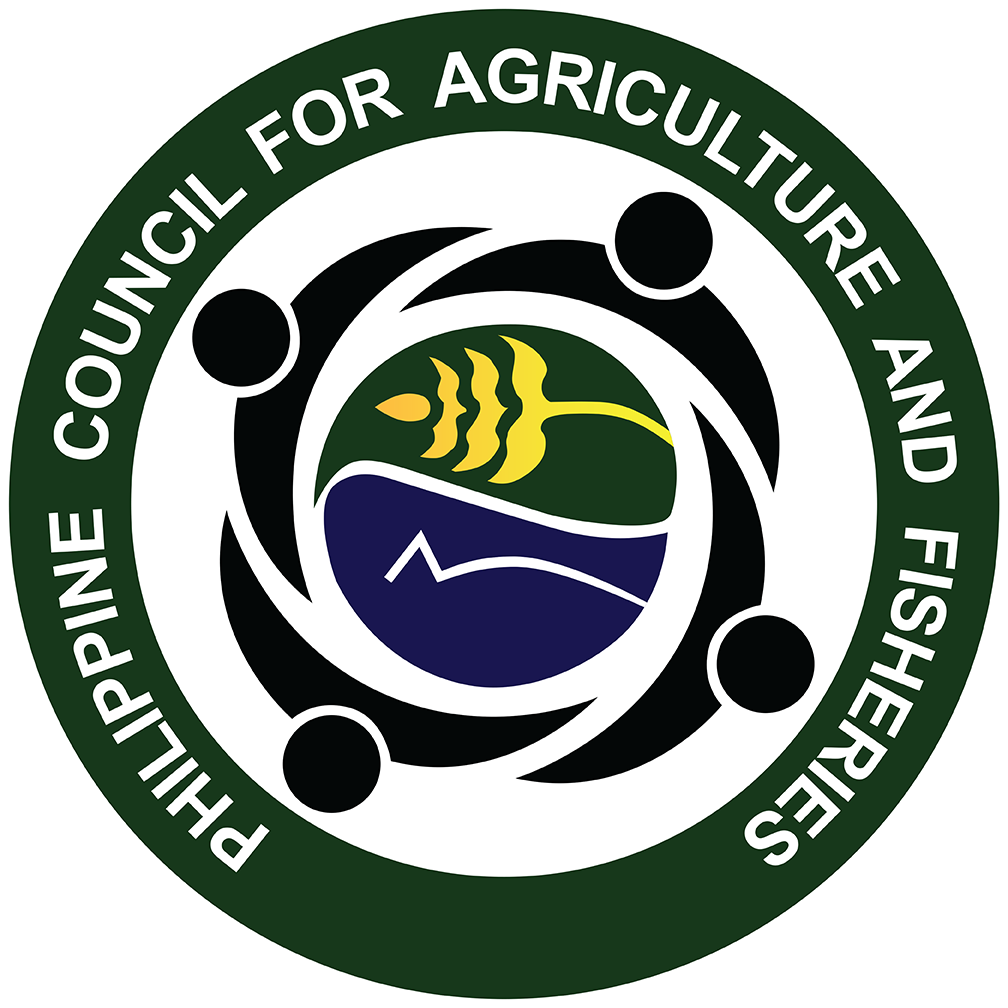
Author: DA Communications Group | 21 May 2020
Cognizant of their key role as ‘”food security czars,” the country’s local chief executives (LCEs) are once again called upon by the Department of Interior and Local Government (DILG) to serve as strong partners of the Department of Agriculture (DA) particularly in cascading national policies and sectoral interventions on food production and the entire value chain system.
“While we rally and steer the agri-fishery industry to propel and reach its optimum potential, it is really the LGUs and respective local chief executives or LCEs that do the rowing, making sure that support mechanisms at the local level are in place and in sync with the priorities at the national level,” Agriculture Secretary Dar said.
“Thus, we commend DILG Secretary Eduardo Año for recently issuing DILG Memorandum Circular No. 2020-080 that directs all LCEs to participate and align their actions with DA’s Rice Resiliency Project (RRP),” the DA chief said.
Secretary Año said the DILG — as a key member of both the IATF and its Task Group on Food Security — “is well aware of the impact of an unstable global trade and unavailability of food to our Filipino people. And with the threat of this pandemic and the coming of the wet season, we support the DA’s effort to ensure that our local rice production is sufficient and stable.”
The DA is currently implementing the RRP in 16 rice-producing regions in the country this 2020 wet cropping season.
It is part of the Duterte administration’s Plant, Plant, Plant Program or “Ahon Lahat, Pagkaing Sapat (Alpas) Kontra sa Covid-19” program aimed at raising agricultural productivity and achieve food sufficiency during and after the global COVID-19 crisis.
“With our efforts to boost rice production, we are indeed grateful that the DILG and the LGUs are in ‘one boat’ with the DA in ensuring our interventions and support mechanisms reach the grassroots and intended beneficiaries,” said Secretary Dar.
Under the RRP, the DA aims to produce an increment of more than 1.03 million metric tons (MMT) of rice, in addition to this year’s yield projection of 12.76 MMT for the entire 2020.
To achieve this, the DA will distribute free inbred and hybrid rice seeds and two bags of urea fertilizers to program participants.
These include farmers tilling rainfed and irrigated areas, on top of the existing Rice Competitiveness Enhancement Fund (RCEF) areas, and inbred and hybrid farmers under the DA’s national rice program (NRP).
The DILG circular directs the respective offices of the provincial agriculturist and the city or municipal agriculturist (C/MAO) to spearhead the distribution of inputs to farmers with documentation, and coordinate with the DA regional field offices and cities and municipalities regarding the schedule of delivery of inputs to designated drop-off points. The C/MAOs are also directed to conduct an information drive to make farmers aware of these interventions, ensuring that support mechanisms have been cascaded and are in place.
“With the support mechanism properly in place and the policy support laid on the ground, I have no doubt that RRP will attain our intended results. The role of LGUs is indeed crucial in the success of not only our rice resiliency project but also of other food security initiatives under our Plant, Plant, Plant program,” said Secretary Dar. ### (Rita dela Cruz, DA StratComms)











